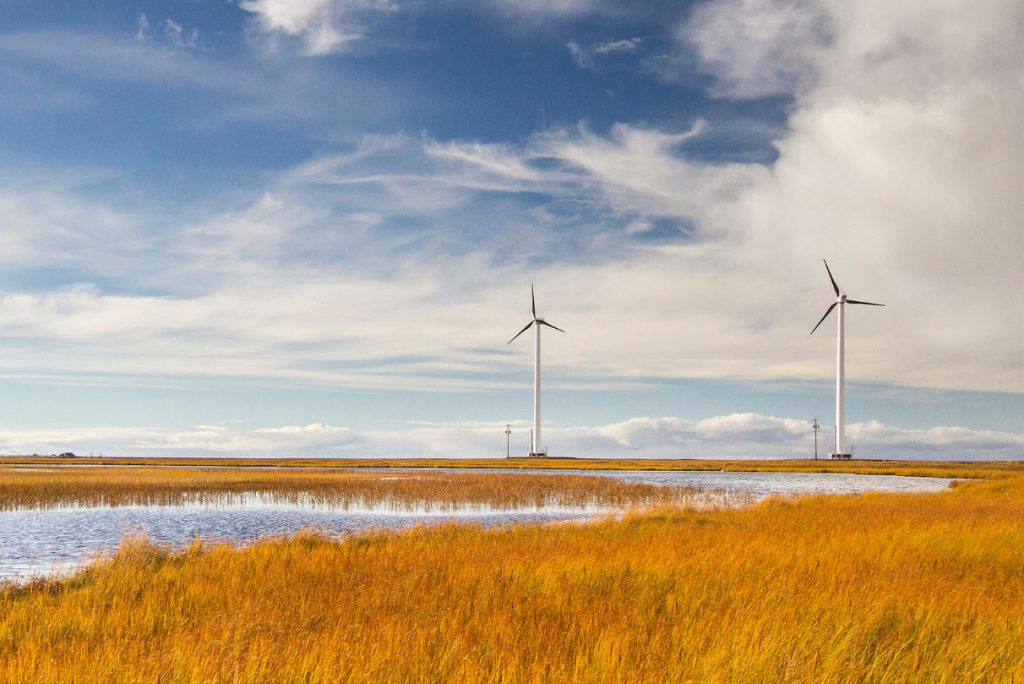Objective 1: Improve access to statewide broadband.
Partners: Federal Communications Commission, Alaska Telephone Association, Alaska Broadband Task Force, Private sector telecommunication companies, ARDORs.
Resources: National Telecommunications & Information Administration, Federal Communications Commission funding resources, upcoming private sector development projects that bring utilities to rural areas of Alaska.
Action Items:
- Update and implement key provisions from the Alaska Broadband Task Force Report.
- Encourage new federal infrastructure investment for critical broadband infrastructure needs.
- Utilize potential development projects in in rural Alaska to meet surrounding community needs.
Objective 2: Encourage improvement and development of intermodal hubs and ports.
Parnters: ARDORs, Municipalities, U.S. Army Corps of Engineers, Alaska Department of Transportation, Alaska Military Force Advocacy and Structure Team (AMFAST).
Resources: EDA, U.S. Department of Transportation, U.S. Army Corps of Engineers, NOAA, private sector investment.
Action Items:
- Improve port access and infrastructure in major Alaska shipping hubs.
- Expand development of port facilities in western and southwest Alaska that facilitate future opportunities related to increased arctic shipping and business opportunities.
- Expand military infrastructure and associate research and development to support Arctic operations to include deep water ports and airfields.
Objective 3: Reduce the energy cost burden on Alaska businesses and households.
Partners: AEA, Alaska Power Association, regional power providers, AHFC, Cold Climate Housing Research Center, municipalities, Alaska Native Corporations.
Resources: U.S. Department of Energy, SBA, U.S. Environmental Protection Agency’s Energy Star Program, private sector development projects, Alaska Affordable Energy Strategy.
Action Items:
- Utilize existing programs to increase residential and commercial heating efficiency statewide.
- Improve electricity infrastructure through upgrades of existing generation and distribution infrastructure.
- Identify the most efficient means of electricity production by region and encourage the development of these regional energy sources.
- Continue funding and implementation of the Interior Energy Project in Fairbanks.
- Identify new and leverage existing sources of debt financing for rural power projects.
- Utilize development projects in rural areas to create economies of scale for rural power and heating needs.
- Identify and use mechanisms to effectively leverage non-state funds.

